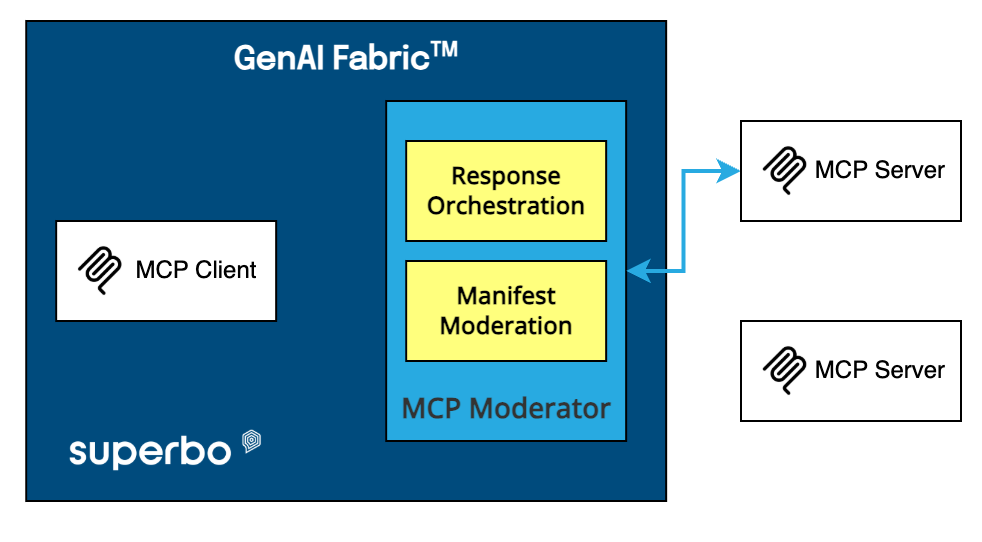A transformative process
Organisations are seeing more and more the revolutionary power of being data-first and AI-first in the ever-evolving business technology ecosystem. Even though this path is different for every company, it covers a crucial progression from preliminary research to complete AI integration.
Transforming into a data-driven, AI-first organization, will always be an ongoing journey since it is part of the overall Digital Transformation Initiative which calls for continuous improvement and adaptation (being agile as an organization).
In a typical transformation scenario, which is well documented in the book ‘A Data Driven Company’ by Richard Benjamins, we can consider 4 general states in this journey:
- Exploration
- Standardization & Transformation
- Data democratization
- AI-first
What happens in each state, depends on each organization and there is no golden rule for all. This means, that each organization will need to have the tools and metrics to measure its fluency in becoming a data-driven and AI-first company.
Measuring its fluency helps understanding where the organization is and what needs to happen next.
The purpose of this article is not to describe each of the previous states, but rather to try to tackle the state for “ Data Standardization & Transformation”, with the use of Gen AI.
Establishing the Data Foundation & Architecture
Building a strong data foundation is the cornerstone of this progress, a task that is frequently made more difficult by the pervasive problem of data silos.
These data silos, separate pools imprisoned in different departments or systems, hinder the smooth exchange and fusion of data, which is essential for perceptive artificial intelligence applications.
The creation of a uniform data architecture holds the key to solving this widespread issue. Organisations can break down these silos by implementing tactics like creating a virtual data layer or switching to a data lakehouse model.
This methodology not only enables transparent and economical data consolidation, but it also serves as the foundation for the company’s data sourcing and architecture.
It promotes a uniform language and understanding throughout the entire organisation by ensuring a unified inventory of data sources and creating a standardised data dictionary.
Having completed these goal, organisations can enter the ‘Data Democratisation’ space as part of this data-centric change. This crucial stage is incorporating data into routine decision-making procedures and adding concrete facts and insights to support knowledge and gut feeling. Employee access to and data literacy become crucial for navigating this stage successfully. Self-service tools and training programmes are essential for empowering employees to use data in their day-to-day work.
But democratising data has its own set of difficulties, mostly related to security and governance. The adage “starting with proper guardrails” becomes crucial at this point.
It is imperative to establish strong frameworks for data governance and lifecycle management from the beginning. These frameworks ought to cover data security, legal observance, and strict oversight of the use and quality of data. By taking such preventive actions, the company may make sure that its transition to a data-first paradigm is free from legal or security snags.
Using GenAI
The incorporation of Generative AI (Gen AI) is the icing on the cake for this revolutionary journey. Gen AI can explore large language datasets to find patterns and relationships that might otherwise go undetected thanks to its skill at using unstructured data. By improving and enriching data, it goes beyond conventional data analysis and raises the calibre and usefulness of the data.
Organisations need to modify their models in order to fully utilise Gen AI. This customisation entails using methods such as Retrieval-Augmented Generation (RAG) and fine-tuning the Gen AI models using enterprise-specific data.
This kind of fine-tuning guarantees that the AI models are not only highly developed but also closely matched to the particular features of the company.
Furthermore, the organization’s data and AI team go beyond conventional responsibilities in an AI-first condition. They must be incorporated into agile, end-to-end teams rather than functioning in isolation. This integration guarantees that AI applications are firmly based on actual business scenarios and make a meaningful contribution to the provision of goods and services.
Finally, it is impossible to exaggerate the importance of open source in this change. Thanks to the support of a large development and user community, open source technology provides a solid foundation of security and transparency. The development and maturation of Gen AI technologies depend heavily on this cooperative innovation.
In conclusion, making the shift to an AI-first, data-first organisation is a complex process. In order to do this, it is necessary to demolish data silos, create a single data architecture, democratise data access, guarantee strong governance, and adapt AI models to the unique needs of the business. When these components are in place, a company may lead the AI-driven business landscape and successfully manage the complexity of this transition.







